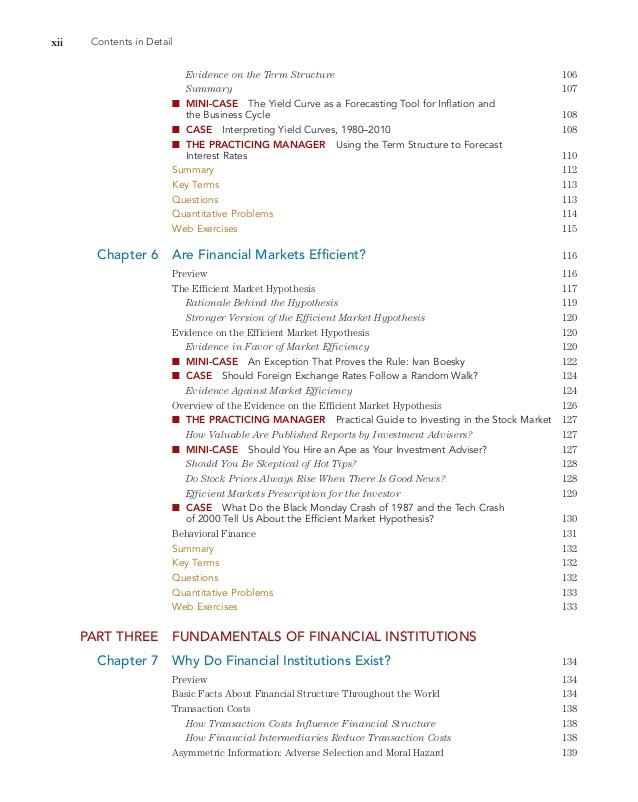13 PreIssue Corporate Bond Questions For Businesses_1
Post on: 28 Март, 2015 No Comment

One thing that you may not know about corporate bonds right off the bat: Issuing a corporate bond might be a necessary step in growing your business. When companies reach a point where more funding is needed, this is one key option to consider. Follow this checklist to explore the major factors to weigh in deciding whether a corporate bond is your best financing option.
- Does the company need to raise the funds externally?
Funding from external sources is always more expensive than using internal sources, so seeking the required funds internally is an important starting point. Places to look include subsidiaries with surplus cash, or perhaps a review of cash management across the group is necessary. A review can usually identify areas for improvement such as debtor. stock, trade or creditor management, capital expenditure. recruitment, executive perks, asset disposals, and bank cash management such as float time. bank charges and idle surplus cash.
A cash flow forecast that is updated periodically, setting out receipts, payments and net flows per month, can provide a useful guide to funding needs, thereby avoiding unnecessary interest costs from borrowing too much cash too soon. (Several factors affect the taxable interest that must be reported. Learn more in Bond Taxation Rules .)
This is an important aspect of the issue to consider, as it will affect when and how much financing the company stands to receive, as well as the company’s risk in issuing the bond. (Find out how businesses weigh the pros and cons of convertible bonds as an alternative form of financing, see Why Companies Issue Convertible Bonds .)
Issuing more debt might raise the company’s gearing too high, so perhaps an equity issue is better. A company might also consider a issue quasi-equity such as mezzanine debt or a hybrid bond. Seek out the views of the company’s rating agencies and determine whether they would view the issue favorably in terms of the company’s credit rating.
If the company is a start-up, it is unlikely to generate revenue for a few years, until it has a product or a production facility, so an added burden to pay interest might soon drive it into insolvency. If the company is experiencing a lull in revenue because of a recession, debt will only exacerbate its cash flow problems, so it’s better to defer debt interest if possible, such as by issuing a zero-coupon bond. (Learn more in our Advanced Bond Concepts Tutorial .)
These include terms related to the interest rate, security, term of the debt, covenants, early repayment, currency and convertibility. Consider how much each of these will constrain the company’s operations over the term of the bond, and whether the company will be forced to pay excessive fees for waivers.
If the company’s debt is illiquid. it is likely to be relatively expensive owing to illiquidity. The market the company chooses to issue in could set a precedent for subsequent issues in that market as well. (You might want to check out Bonds You May Never Have Heard Of .)
Currency and/or interest rate risks might apply. If the company intends to hedge such risks, how will these hedges be executed and administered? Does the company have the necessary expertise and infrastructure to execute and administer hedges? What are the tax and accounting implications of these hedges on the company’s P&L and balance sheet? Will they for example, meet hedge accounting? Will withholding tax be deductible, thereby reducing investors’ yield? (For more insight, see Corporate Uses Of Derivatives For Hedging .)
If for example, the bond is to be secured but the company has already given a negative pledge to existing debt providers, a waiver could be required.
Who is the issuer going to be and where will it be domiciled? This decision can have significant implications for subsequent tax treatment. (Learn more in Who are the major players in the bond market? )
Transaction costs include underwriting and arrangement fees, hedging, rating agency fees, printing, listing, trustee fees and custodian fees. Find out which costs apply to your company how much these costs will be. How does this cost compare to the company’s other sources of funding?
Ongoing needs for funds can often be met efficiently with a program of issuance, such as a medium-term note program, or a commercial paper program, whereas single large term issues can take longer to prepare and execute. Private placement transactions are relatively quick to arrange since, in contrast to public issues, they avoid the regulatory requirements of producing listing documentation and seeking listing exchange approval.
There are many factors to consider when your company requires a new source of funding. Be aware of all your options and, most importantly, the implications that go along with each choice. There is an option that is right for your company. (Learn how and why investors are using cash flow based analysis to make judgments about company performance, read Taking Stock Of Discounted Cash Flow .)














